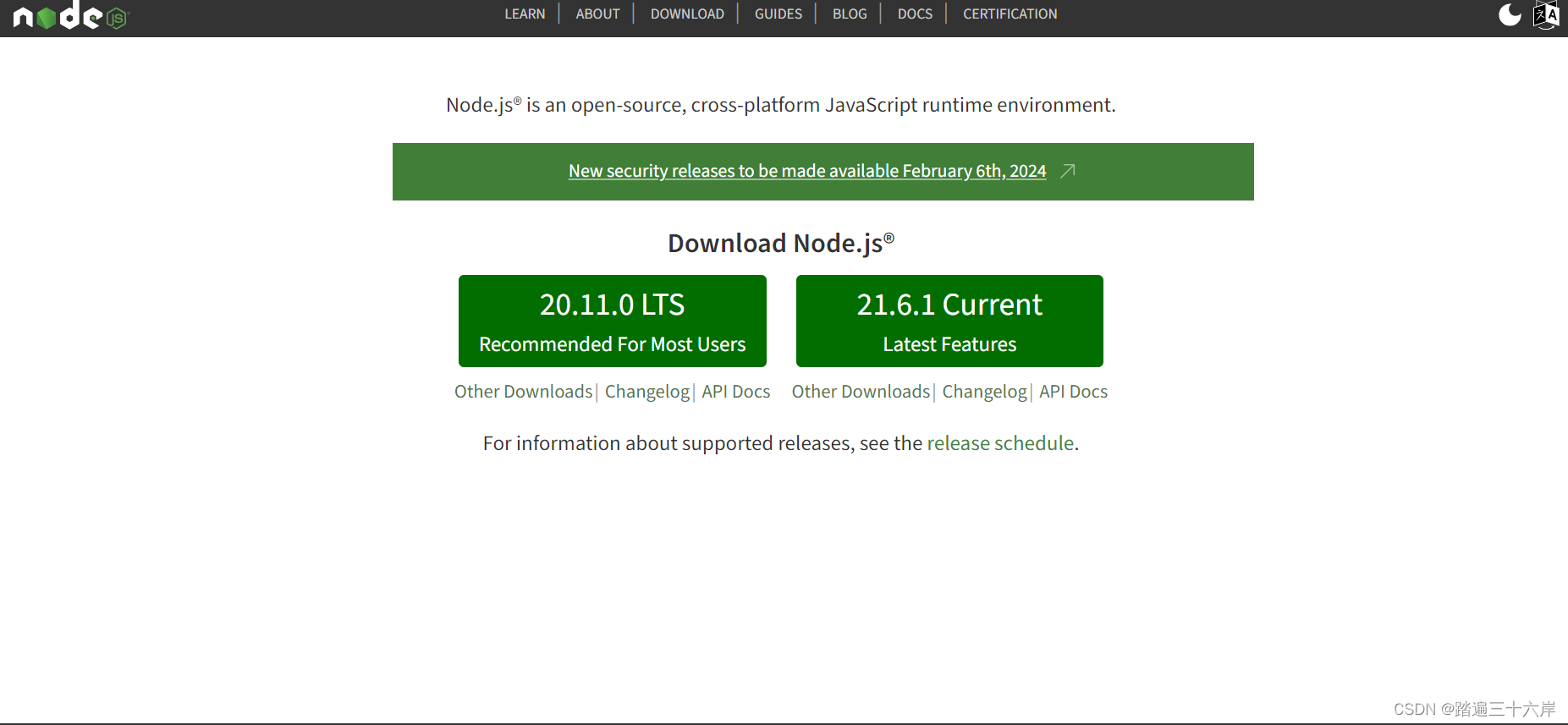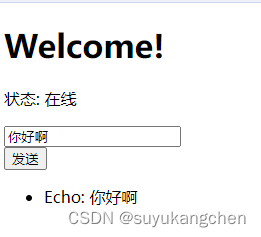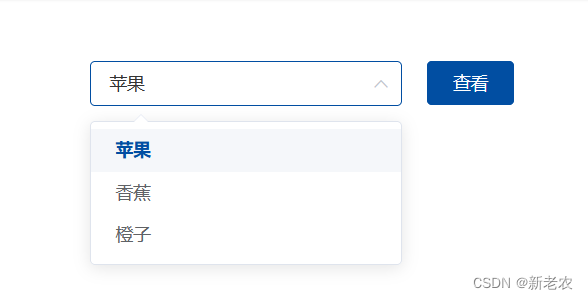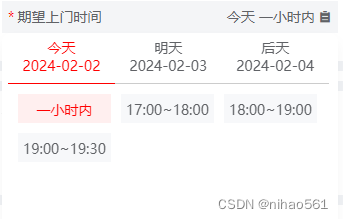之前提到过 Vue.js 构建过程,在 web 应用下,一起来分析 Runtime + Compiler 构建出来的 Vue.js,它的入口是 src/platforms/web/entry–runtime-with–compiler.js:
import config from 'core/config'
import { warn, cached } from 'core/util/index'
import { mark, measure } from 'core/util/perf'
import Vue from './runtime/index'
import { query } from './util/index'
import { compileToFunctions } from './compiler/index'
import { shouldDecodeNewlines, shouldDecodeNewlinesForHref } from './util/compat'
const idToTemplate = cached(id => {
const el = query(id)
return el && el.innerHTML
})
const mount = Vue.prototype.$mount
Vue.prototype.$mount = function (
el?: string | Element,
hydrating?: boolean
): Component {
el = el && query(el)
if (el === document.body || el === document.documentElement) {
process.env.NODE_ENV !== 'production' && warn(
`Do not mount Vue to <html> or <body> - mount to normal elements instead.`
)
return this
}
const options = this.$options
if (!options.render) {
let template = options.template
if (template) {
if (typeof template === 'string') {
if (template.charAt(0) === '#') {
template = idToTemplate(template)
if (process.env.NODE_ENV !== 'production' && !template) {
warn(
`Template element not found or is empty: ${options.template}`,
this
)
}
}
} else if (template.nodeType) {
template = template.innerHTML
} else {
if (process.env.NODE_ENV !== 'production') {
warn('invalid template option:' + template, this)
}
return this
}
} else if (el) {
template = getOuterHTML(el)
}
if (template) {
if (process.env.NODE_ENV !== 'production' && config.performance && mark) {
mark('compile')
}
const { render, staticRenderFns } = compileToFunctions(template, {
shouldDecodeNewlines,
shouldDecodeNewlinesForHref,
delimiters: options.delimiters,
comments: options.comments
}, this)
options.render = render
options.staticRenderFns = staticRenderFns
if (process.env.NODE_ENV !== 'production' && config.performance && mark) {
mark('compile end')
measure(`vue ${this._name} compile`, 'compile', 'compile end')
}
}
}
return mount.call(this, el, hydrating)
}
function getOuterHTML(el: Element): string {
if (el.outerHTML) {
return el.outerHTML
} else {
const container = document.createElement('div')
container.appendChild(el.cloneNode(true))
return container.innerHTML
}
}
Vue.compile = compileToFunctions
export default Vue那么,当我们的代码执行 import Vue from ‘vue‘ 的时候,就是从这个入口执行代码来初始化 Vue, 那么 Vue 到底是什么,它是怎么初始化的,我们来一探究竟。
1. Vue 的入口
在这个入口 JS 的上方我们可以找到 Vue 的来源:import Vue from ‘./runtime/index‘,我们先来看一下这块儿的实现,它定义在 src/platforms/web/runtime/index.js 中:
import Vue from 'core/index'
import config from 'core/config'
import { extend, noop } from 'shared/util'
import { mountComponent } from 'core/instance/lifecycle'
import { devtools, inBrowser, isChrome } from 'core/util/index'
import {
query,
mustUseProp,
isReservedTag,
isReservedAttr,
getTagNamespace,
isUnknownElement
} from 'web/util/index'
import { patch } from './patch'
import platformDirectives from './directives/index'
import platformComponents from './components/index'
Vue.config.mustUseProp = mustUseProp
Vue.config.isReservedTag = isReservedTag
Vue.config.isReservedAttr = isReservedAttr
Vue.config.getTagNamespace = getTagNamespace
Vue.config.isUnknownElement = isUnknownElement
extend(Vue.options.directives, platformDirectives)
extend(Vue.options.components, platformComponents)
Vue.prototype.__patch__ = inBrowser ? patch : noop
Vue.prototype.$mount = function (
el?: string | Element,
hydrating?: boolean
): Component {
el = el && inBrowser ? query(el) : undefined
return mountComponent(this, el, hydrating)
}
export default Vue这里关键的代码是 import Vue from ‘core/index‘,之后的逻辑都是对 Vue 这个对象做一些扩展,可以先不用看,我们来看一下真正初始化 Vue 的地方,在 src/core/index.js 中:
import Vue from './instance/index'
import { initGlobalAPI } from './global-api/index'
import { isServerRendering } from 'core/util/env'
import { FunctionalRenderContext } from 'core/vdom/create-functional-component'
initGlobalAPI(Vue)
Object.defineProperty(Vue.prototype, '$isServer', {
get: isServerRendering
})
Object.defineProperty(Vue.prototype, '$ssrContext', {
get() {
return this.$vnode && this.$vnode.ssrContext
}
})
Object.defineProperty(Vue, 'FunctionalRenderContext', {
value: FunctionalRenderContext
})
Vue.version = '__VERSION__'
export default Vue这里有 2 处关键的代码,import Vue from ‘./instance/index’ 和 initGlobalAPI,即初始化全局 Vue API,我们先来看第一部分,在 src/core/instance/index.js 中。
2. Vue 的定义
import { initMixin } from './init'
import { stateMixin } from './state'
import { renderMixin } from './render'
import { eventsMixin } from './events'
import { lifecycleMixin } from './lifecycle'
import { warn } from '../util/index'
function Vue(options) {
if (process.env.NODE_ENV !== 'production' &&
!(this instanceof Vue)
) {
warn('Vue is a constructor and should be called with the `new` keyword')
}
this._init(options)
}
initMixin(Vue)
stateMixin(Vue)
eventsMixin(Vue)
lifecycleMixin(Vue)
renderMixin(Vue)
export default Vue在这里,我们终于看到了 Vue 的庐山真面目,它实际上就是一个用 Function 实现的类,我们只能通过 new Vue 去实例化它。
有些同学看到这不禁想问,为何 Vue 不用 ES6 的 Class 去实现呢?我们往后看这里有很多 xxxMixin 的函数调用,并把 Vue 当参数传入,它们的功能都是给 Vue 的 prototype 上扩展一些方法(这里具体的细节会在之后的文章介绍,这里不展开),Vue 按功能把这些扩展分散到多个模块中去实现,而不是在一个模块里实现所有,这种方式是用 Class 难以实现的。这么做的好处是非常方便代码的维护和管理,这种编程技巧也非常值得我们去学习。
3. initGlobalAPI
Vue.js 在整个初始化过程中,除了给它的原型 prototype 上扩展方法,还会给 Vue 这个对象本身扩展全局的静态方法,它的定义在 src/core/global-api/index.js 中:
export function initGlobalAPI(Vue: GlobalAPI) {
// config
const configDef = {}
configDef.get = () => config
if (process.env.NODE_ENV !== 'production') {
configDef.set = () => {
warn('Do not replace the Vue.config object, set individual fields instead.')
}
}
Object.defineProperty(Vue, 'config', configDef)
// exposed util methods.
// NOTE: these are not considered part of the public API - avoid relying on
// them unless you are aware of the risk.
Vue.util = {
warn,
extend,
mergeOptions,
defineReactive
}
Vue.set = set
Vue.delete = del
Vue.nextTick = nextTick
Vue.options = Object.create(null)
ASSET_TYPES.forEach(type => {
Vue.options[type + 's'] = Object.create(null)
})
// this is used to identify the "base" constructor to extend all plain-object
// components with in Weex's multi-instance scenarios.
Vue.options._base = Vue
extend(Vue.options.components, builtInComponents)
initUse(Vue)
initMixin(Vue)
initExtend(Vue)
initAssetRegisters(Vue)
}这里就是在 Vue 上扩展的一些全局方法的定义,Vue 官网中关于全局 API 都可以在这里找到,这里不会介绍细节,会在之后的章节我们具体介绍到某个 API 的时候会详细介绍。有一点要注意的是,Vue.util 暴露的方法最好不要依赖,因为它可能经常会发生变化,是不稳定的。
4. 总结
那么至此,Vue 的初始化过程基本介绍完毕。这一节的目的是让同学们对 Vue 是什么有一个直观的认识,它本质上就是一个用 Function 实现的 Class,然后它的原型 prototype 以及它本身都扩展了一系列的方法和属性,那么 Vue 能做什么,它是怎么做的,会在后面的章节一层层帮大家揭开 Vue 的神秘面纱。
原文地址:https://blog.csdn.net/weixin_40629244/article/details/134565361
本文来自互联网用户投稿,该文观点仅代表作者本人,不代表本站立场。本站仅提供信息存储空间服务,不拥有所有权,不承担相关法律责任。
如若转载,请注明出处:http://www.7code.cn/show_10205.html
如若内容造成侵权/违法违规/事实不符,请联系代码007邮箱:suwngjj01@126.com进行投诉反馈,一经查实,立即删除!








